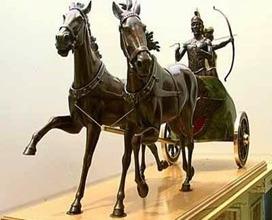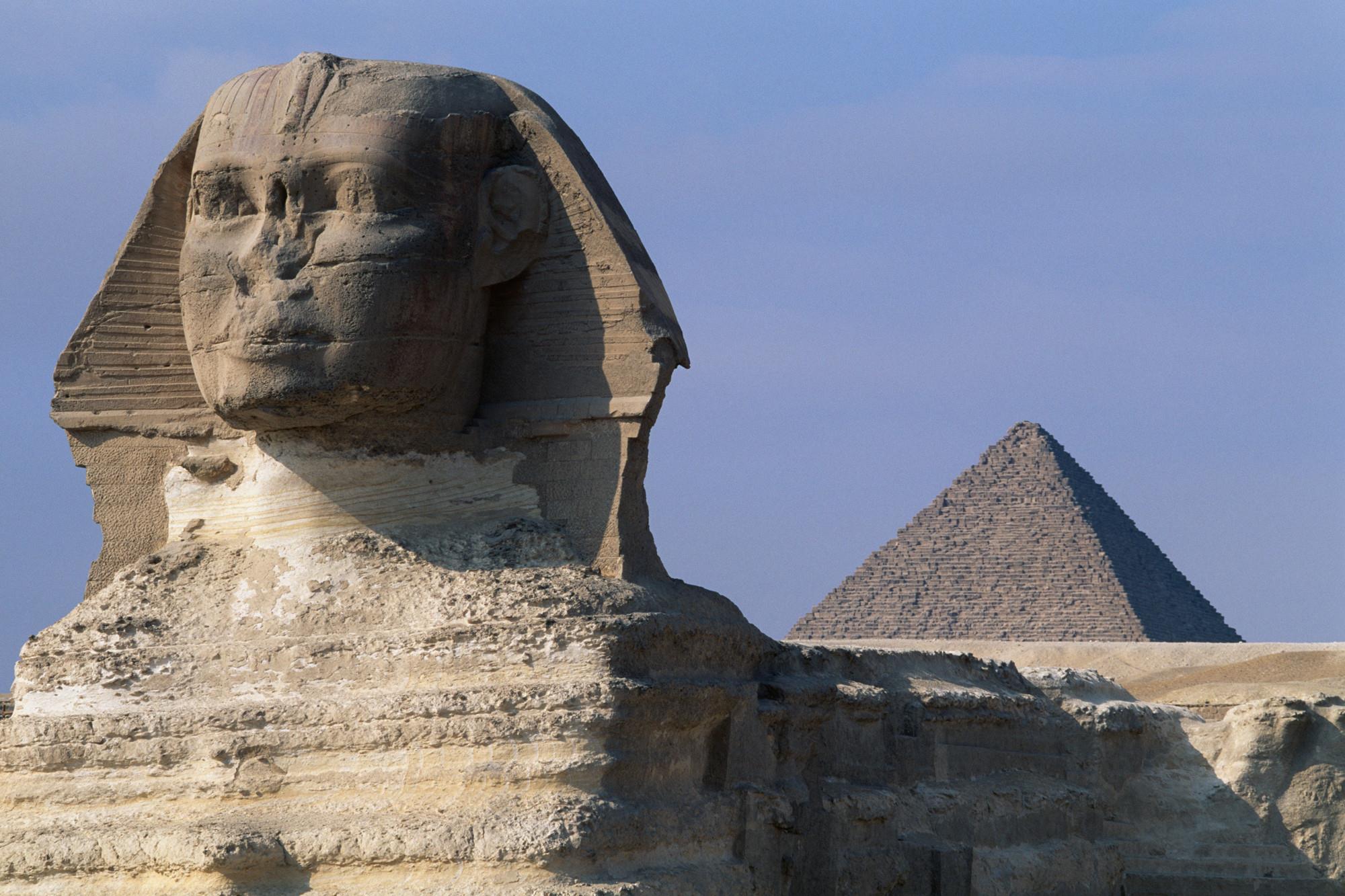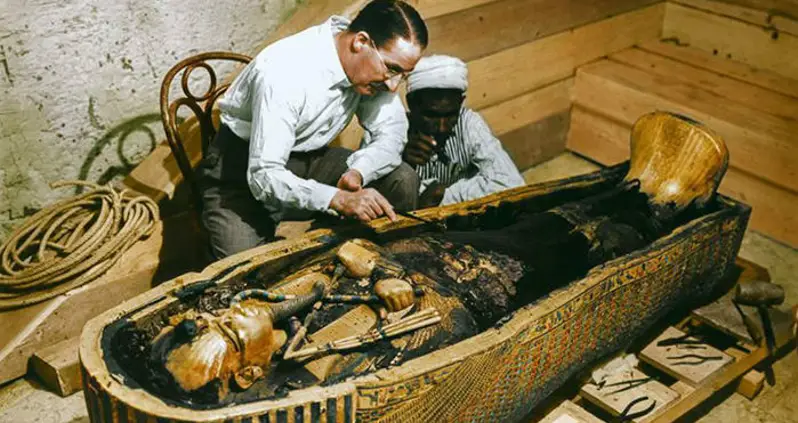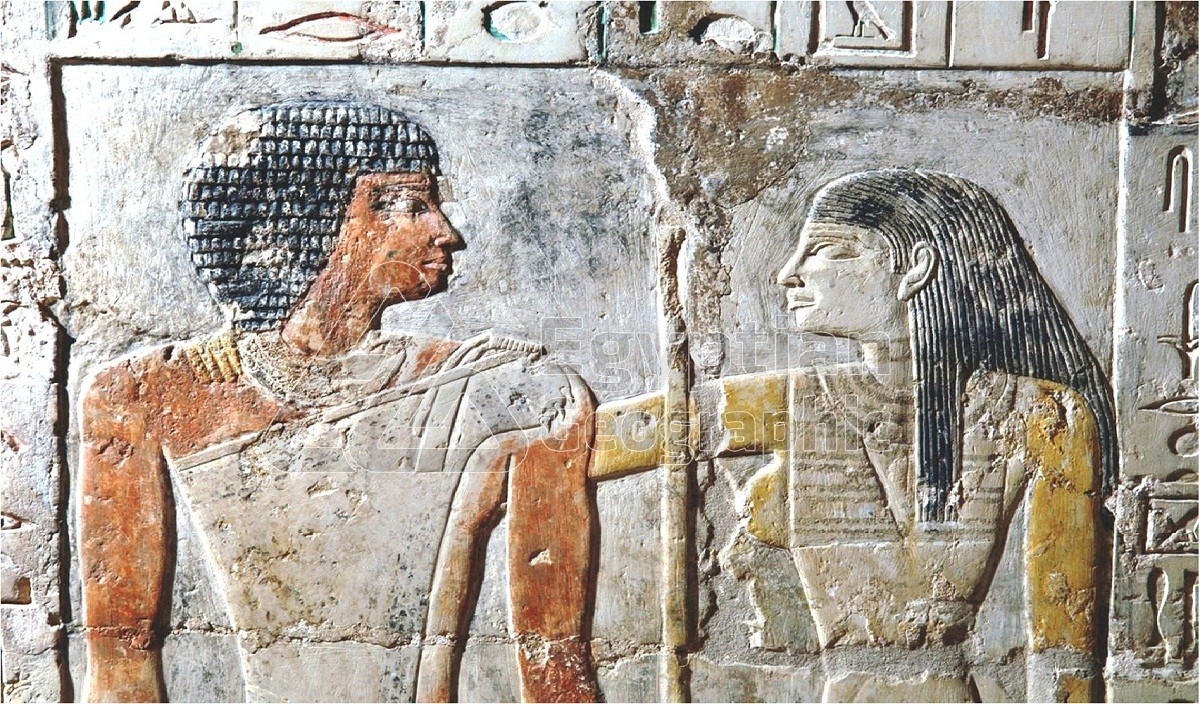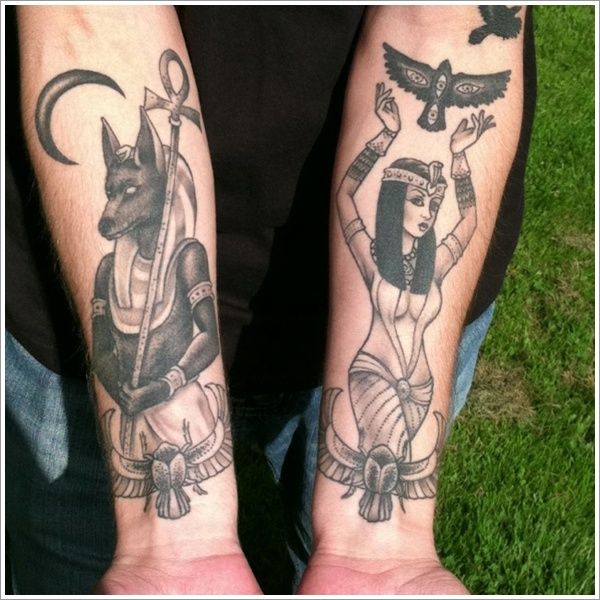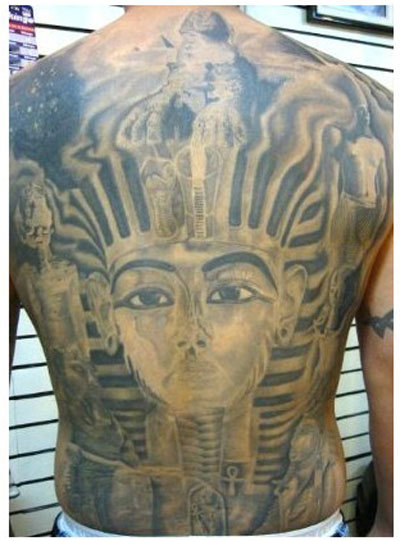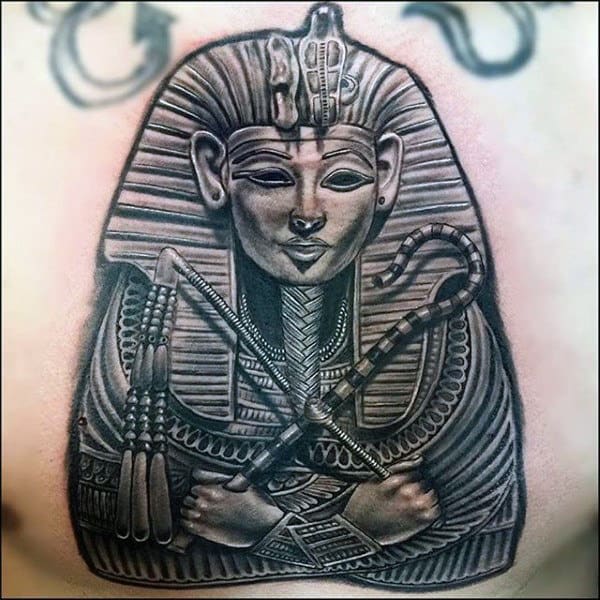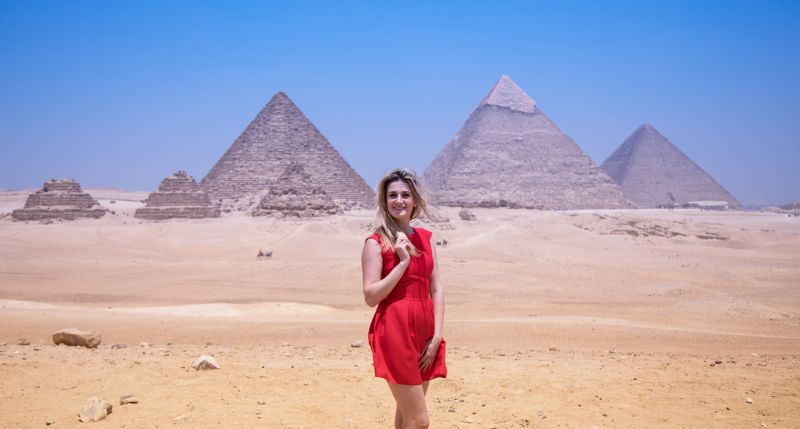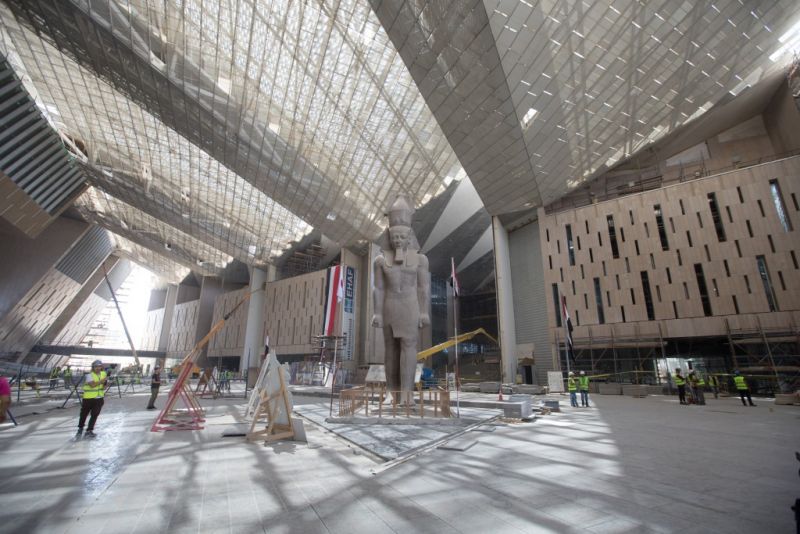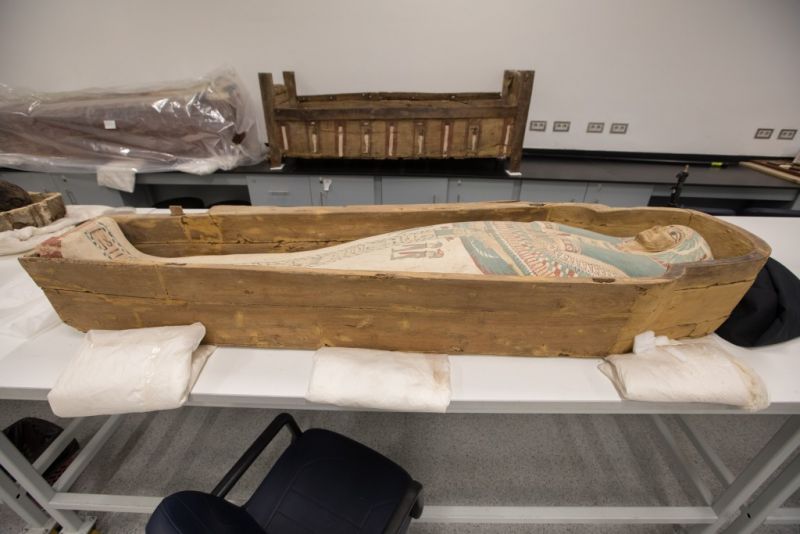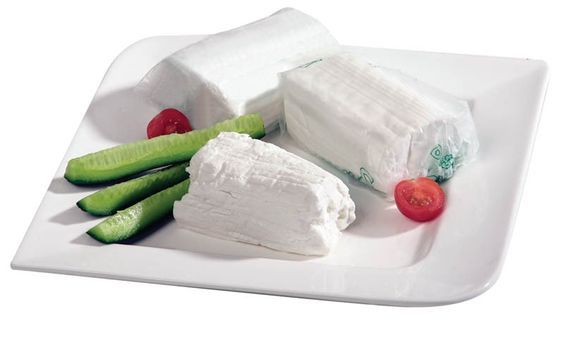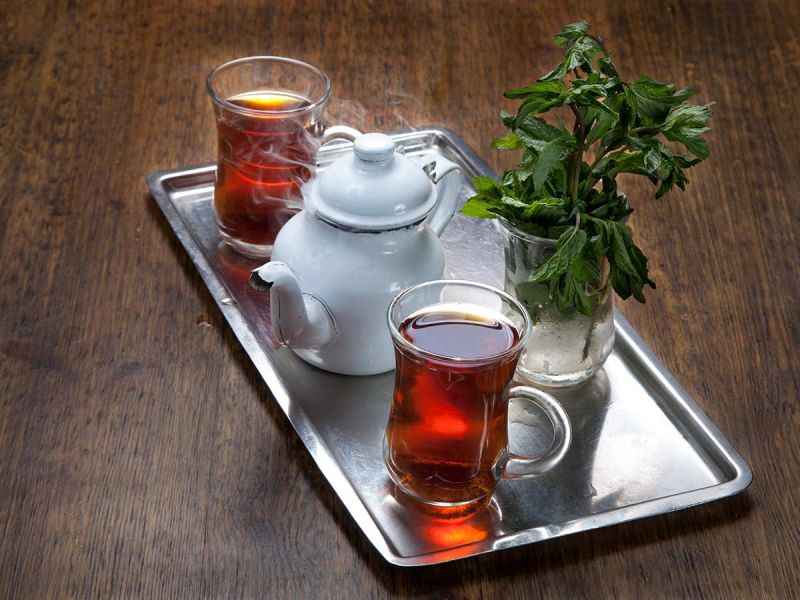Tales Tom and Jerry .. Pharaonic cartoon "Disney" thousands of years ago
American and Pharaoh Tom and Jerry
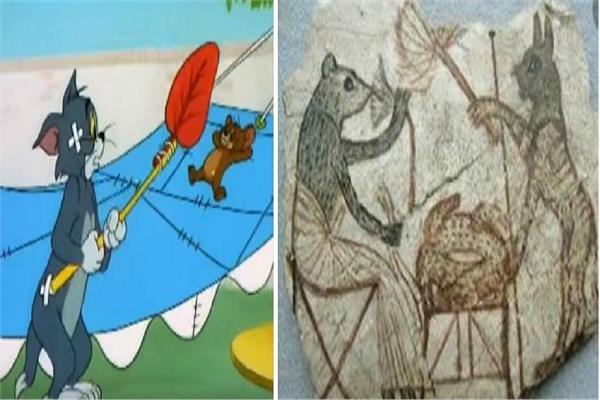
The mouse sits comfortably, devouring a fish that is nearing its end, while standing in front of its lean cat in complete submission, carrying a shape similar to the "hand fan" and the other hand "duck", as if it were offered to him the assumptions of obedience and loyalty and was served contrary to what happens in nature .. This It is not just a regular story; it is a pharaonic story that the ancient Egyptian painted on the walls of his temples, preceded by a cartoon «Tom and Jerry» thousands of years ago.
It is ancient Egypt. Cartoons "comic art" won a wide area of the walls of temples and tombs, to monitor every moment of sadness and joy in the lives of the ancient Egyptians, and at other times an expression of mockery of social and economic conditions.
On the papyrus, pottery and stone “Ostraka” he presented fast drawings, painted in one color, as the famous mouse painting, according to what Magdy Shaker, the chief archaeologist, told «Akhbar El-Youm».
The literature of the ancient Egyptians is unique in the spread of dialogues between animals, similar to the famous series "Kalila and Dimna", as well as the ancient Egyptian was the first to invent (Tom and Jerry) before Disneyland thousands of activities, in what is known as a sense of humor and comics.
But sometimes some kings were looked at as if a lion was a Lahiya, so a picture on one of the shrines shows the king as a lion humbled for fun, so he played chess with Tess a friend, and he portrayed human verses and pleasure on the face of the lion, while he portrayed appearances of attack on the face of his serious guest As if the artist, for his part, predicts a bloody and inevitable conclusion to this game.
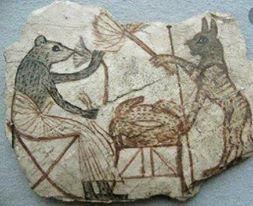
Then he portrayed the servants and prisoners who are the elderly Egyptians in service with palaces, the role of the government and the army, after they reassured their loyalty and embrace the religion of the Egyptians along with their apparent obedience in the form of mice and found evidence, when reassured, the artist portrays an armed battalion of mice attacking a fortified fort for cats with spears, arrows, siege ladders and pictures on It is driven by a rat riding in a chariot drawn by two dogs who bark.
That is pictures of these intruders from enemies in the form of mice and citizens in the form of cats and a few allowed them to prey on them and this shows the people's lack of reassurance about the loyalty of those who have reached the point of rule.
There is a scene of an alien old man in the court of Akhenaten, who married an Egyptian woman sitting in front of him on a low chair, as well as a young Nubian who performs his service so the technician drew the same scene and pictures of a foreigner in the form of a softened mouse sitting on a semi-previous seat and drinking wine and holding flowers and his cat was served and that the cat was styled His hair and another cat symbolize his Egyptian wife.
Rather, the critic reached his goal in depicting the bad conditions in his society, so the judge drew up a mouse that makes the dignity and relies on his stick and is never catapulted to an Egyptian boy who cast his misfortune in his hands. The Egyptian.
Likewise, pictures of goats herdsmen in the form of wolves, as pictures of a wolf guarding a flock, carrying its zodiac over its stick, and blowing it in a double flute to numb the nerves of the goat flock, which runs on its breath, and behind it another wolf secures the flock so that no one escapes.
Even the clergy did not submit, so the artist portrayed them as wolves, pictures of judges in the form of donkeys, donkey heads, pictures of eyebrows in the form of an ox, and pictures of the accused in the form of a cat
When he went on a trip to Puntland - one of the ancient African countries - pictures of the country’s short, full wife, pity the donkey he carries, and his photos are meager and marvel at how he carries this, which confirms that the ancient Egyptian artist was close to the events of his society and was giving his opinion in expressing his society in drawing and caricature The satirist.

